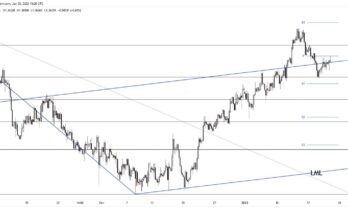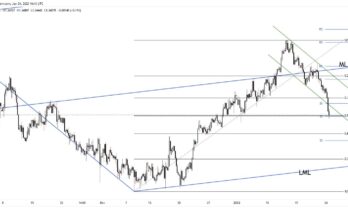The American job market is roaring ahead. According to non-farm payroll numbers released this morning, the US economy created more than 295,000 jobs in February, driving the unemployment rate down to 5.5%. This result exceeded expectations across the board – before the announcement, many analysts expected a small seasonal dip to drive the number closer to the 225,000 mark.
It is now more likely that the Federal Reserve will begin normalizing monetary policy over the next two quarters, effectively removing an artificial ceiling on interest rates. Policymakers are likely to drop the word “patient†from communications in the short term. Combine this with the fact that emerging market countries and petrostates are no longer recycling massive surpluses into US Treasuries, and ‎it is clear that the stage is set for a situation in which yields ratchet up suddenly and sharply. ‎
This represents a significant (and likely under-priced) risk for most market participants. Prior tightening cycles ‎were associated with devastating losses among bond holders, rapid reversals on equity bourses, and crises in the emerging markets. With electronically-connected retail investors playing a larger role in all three areas, the impact could be even larger this time around. Lambs to the slaughter, indeed.
Across the lake, the euro continues to descend toward par with the dollar. Bond yields in Italy, Portugal and Spain are scraping historic lows ahead of the European Central Bank’s trillion-euro asset purchase programme, which is due to begin on Monday. With the common currency at risk of dilution, corporates are rushing to borrow in euros, investors are moving assets abroad, and traders are aggressively selling the unit. In short, it will now be extraordinarily difficult to halt the exchange rate’s momentum toward the big round number – but improving growth numbers could help to build a floor beneath that level.
Here in Canada, the loonie remains flightless, trading down this morning after Statistics Canada released numbers showing that the country’s trade deficit widened to more than $2.45 billion dollars in January. To our knowledge, this was the second-worst trade deficit in Canadian history, primarily driven by a plunge in crude exports, but was also exacerbated by lacklustre performance in goods shipments – making it clear that the economy’s loss of competitiveness will continue to drag on growth for some time to come.
Speculators remain heavily bearish on the currency, although a growing number of observers are suggesting that a slight rebound could be in the offing as yield differentials are priced in and the exchange rate nears levels associated with fundamental purchasing power measures. Either way, expect the Canadian dollar’s trading range to widen over the coming months. The Spring thaw is coming…
In the fresh podcast, we preview the NFP, talk about false breaks, the Australian and Canadian rate decisions, a potential easing in Japan, the widening gap within oil prices and an update on forex brokers after the SNBomb
Follow us on the  iTunes page



